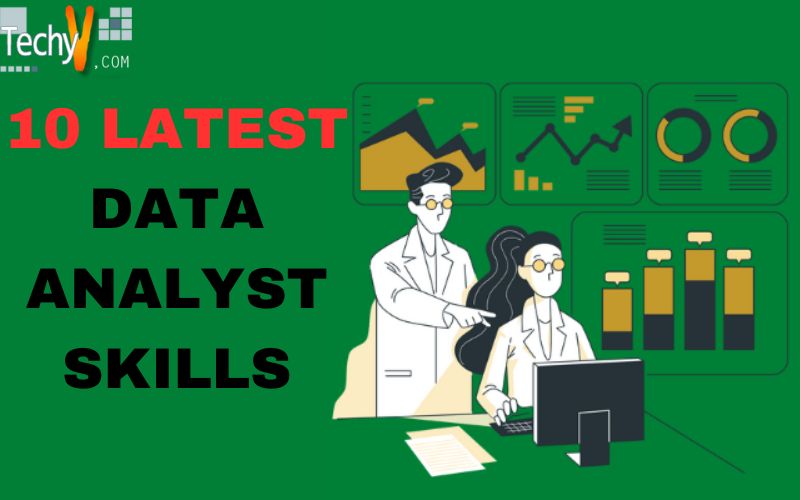Each year, there are more jobs than qualified data analysts and scientists. So what data skills are in demand? Worldwide learners must search these five data science skills. Start with these abilities to prepare for a career in data analysis. Let’s look at how to learn them.
1. Visualizing Data
Data visualization is the capacity to present data through images or pictures. Simple goal: It helps non-data analysts appreciate data-driven insights. Data analysts can help decision-makers (who may lack analytical training) see trends and understand complex ideas via data visualization. This allows the data analyst to better comprehend a firm’s status, provide essential insights to team leaders, and improve company decision-making. Data visualization may let you do more than data analysis. Data visualization will revolutionize how analysts deal with data, says SAS Insights. They’ll have to act faster. They’ll need to dig for new insights and see data creatively. Visualization encourages data exploration. Data visualization is a must. According to a LinkedIn Learning survey, new grads are more inclined to learn complex skills. These hard talents include data analysis and storytelling with data insights.
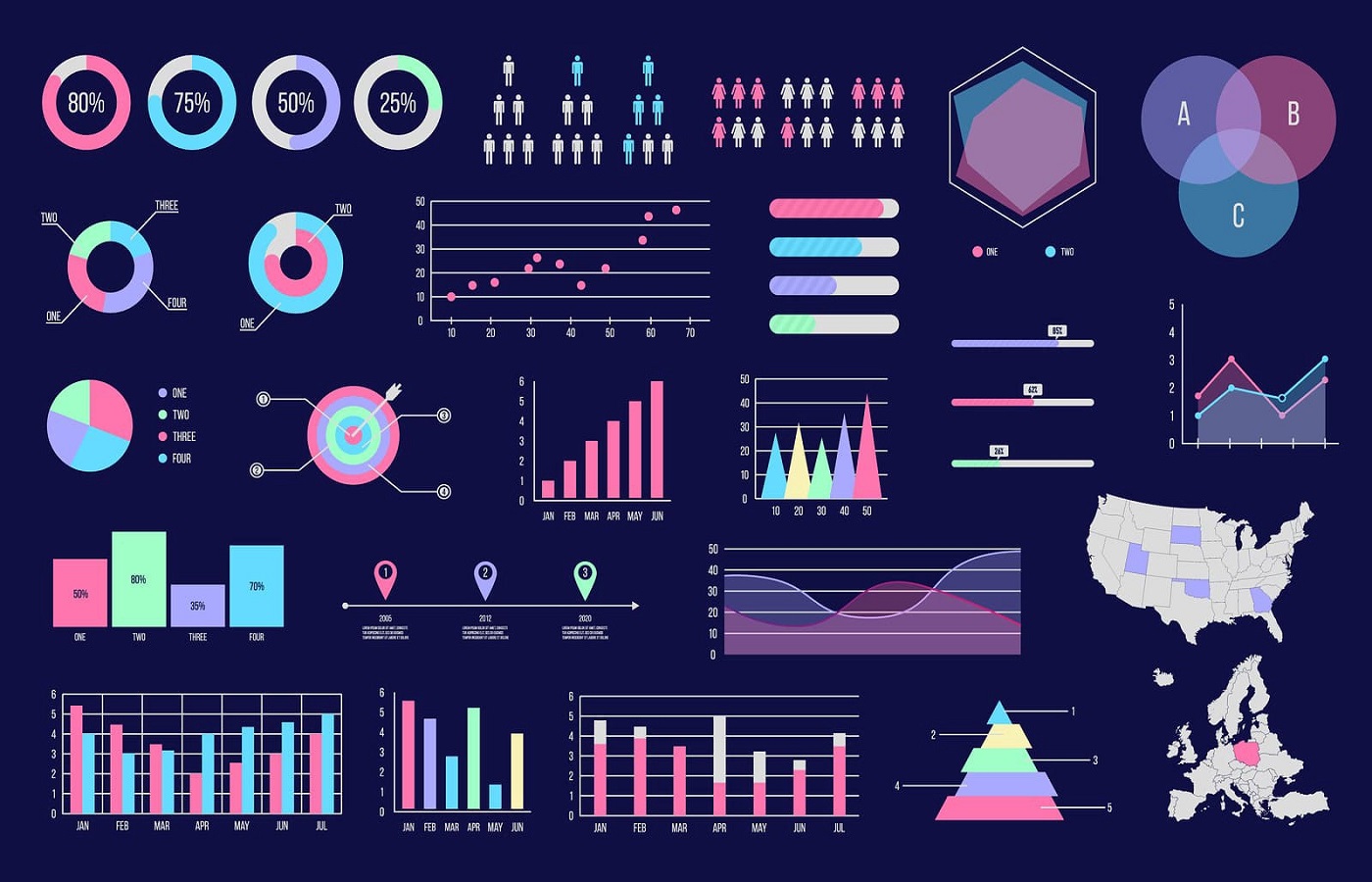
2. Data Cleanup
Any Marie Kondo fan will tell you that cleaning is key to success. Data cleansing is no different. It’s a crucial stage in building a machine-learning model and takes up most of a data analyst’s time. Ajay Sarangam writes for Analytics Training that data scientists don’t spend all their time working with ML algorithms and models. For example, 80% of data scientist’s time is spent cleansing data. Why? Better data beats fancier algorithms in ML. Simple algorithms can provide tremendous insights from a clean dataset. For example, unclean data can lead to false conclusions and misleading trends. Data analyst qualifications demand data cleaning skills, no question.
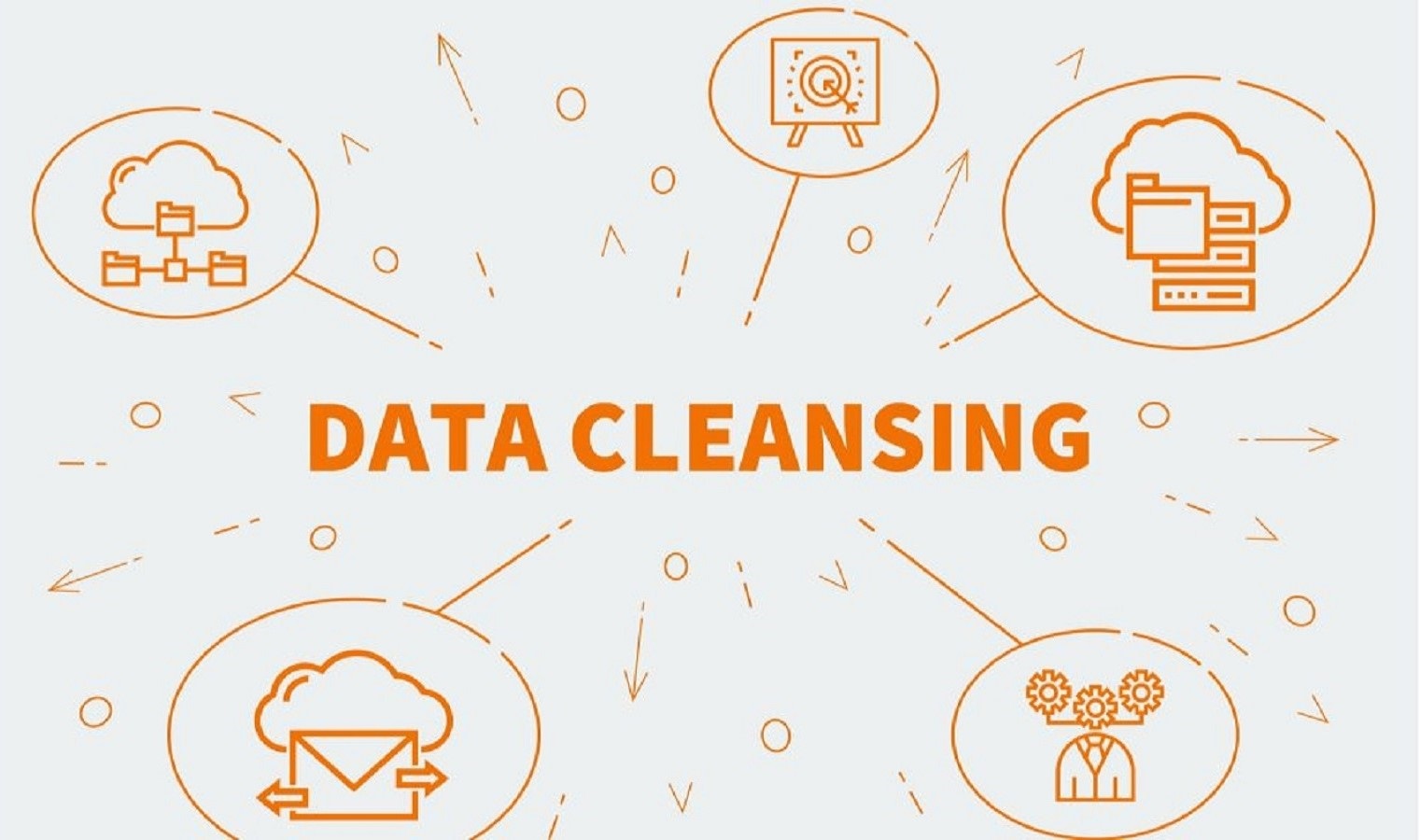
3. MATLAB
MATLAB is a numerical computing environment that implements algorithms, manipulates matrices, and plots data. Businesses interested in big data are flocking to MATLAB because it speeds up data cleansing, organization, and visualization. MATLAB can execute machine learning models on different platforms. Knowing MATLAB can increase your marketability to companies, given its wide-ranging uses and usefulness.
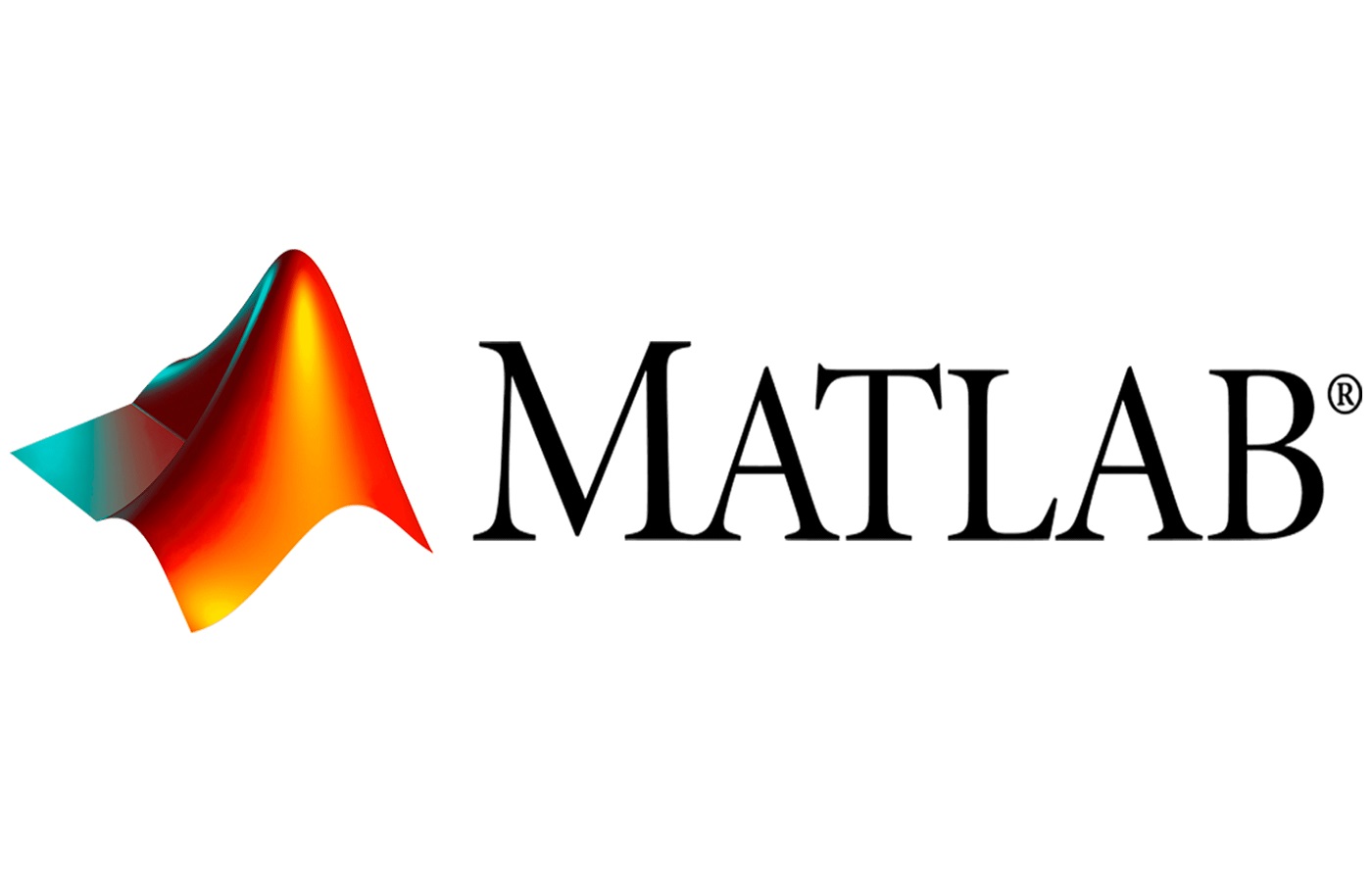
4. R language
R is a popular data analytics language. Spectrum, an IEEE journal, ranked R sixth among the top 10 programming languages used in 2019. R’s grammar and structure assist analytical work; it includes built-in, easy-to-use data organizing tools. Given its prevalence and functionality, data analysts should learn R.

5. Python
Analysts should learn Python. This high-level, general-purpose programming language topped IEEE’s Spectrum 2019 survey. It offers a large number of AI-related libraries (AI). Python’s AI applicability is critical. Statista predicts the AI software market will expand 154% annually to $22.6 billion by 2020. In an AI-focused professional landscape, data analysts must know Python. Python’s ancillary applications, such as Pandas (an open-source data analysis tool that works with Python) and NumPy, help users with scientific computing tasks.
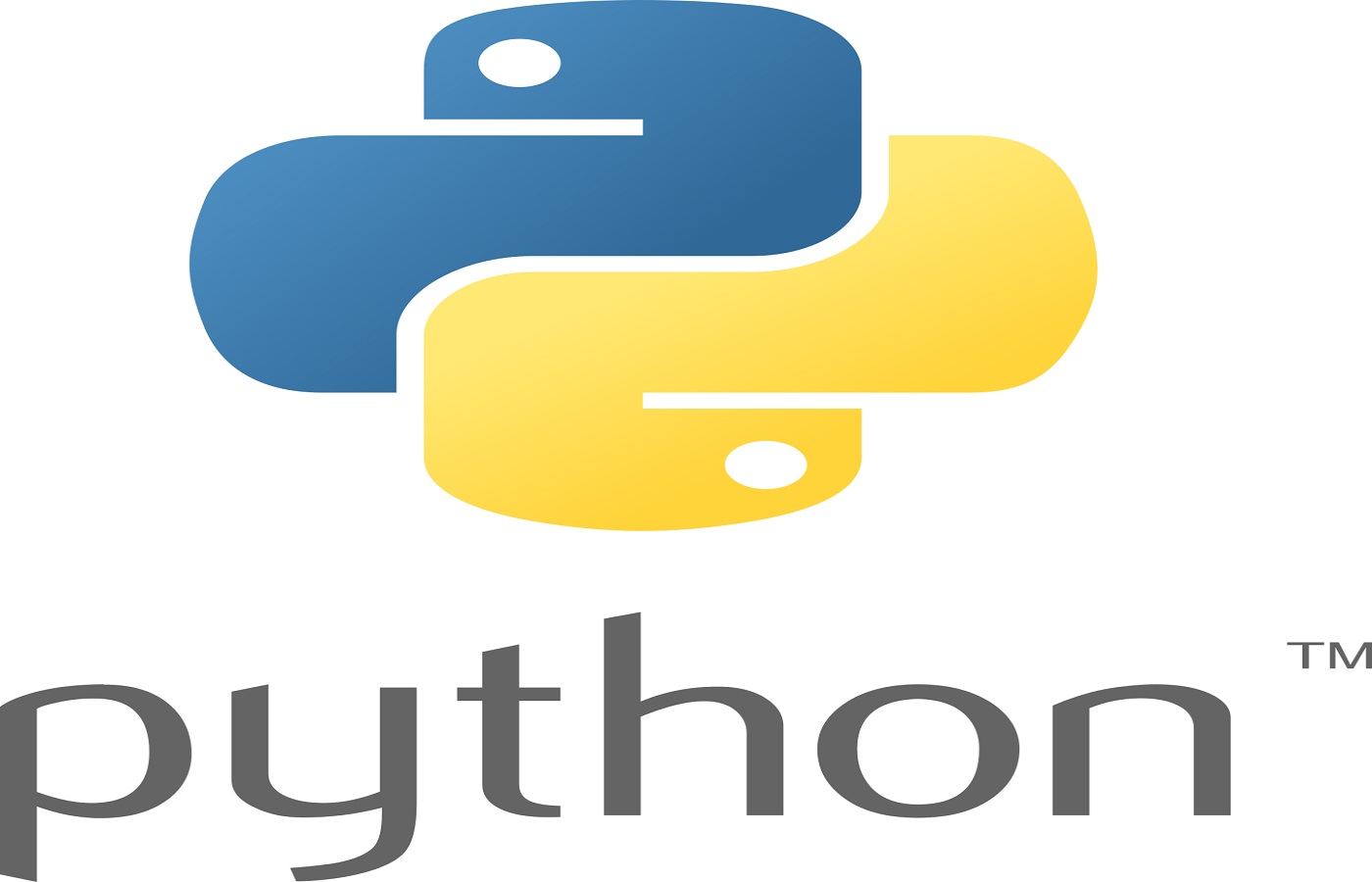
6. SQL/NoSQL
SQL is the most popular. SQL was created in 1970, but it’s still valid. SQL remains the standard query language for relational databases in modern analytics. Given the analytics industry’s rapid expansion, this may seem counterintuitive. While knowing Python or R is essential, disregarding SQL will make it challenging to secure a data job. True. SQL is used everywhere. Its functionality and effectiveness keep corporations demanding it, and its appeal isn’t waning. Learn SQL for job chances, if not its utility. MySQL and other branded versions of SQL can help you learn RDBMS. It would be best to go on with NoSQL databases. NoSQL systems don’t structure data along SQL’s relational lines. NoSQL frameworks can organize their data anyway, as long as it’s not relational. As a result, there is no “standard” NoSQL framework. However, if you want to gain experience with NoSQL architectures, try MongoDB, which uses flexible hierarchies instead of tabular relations.
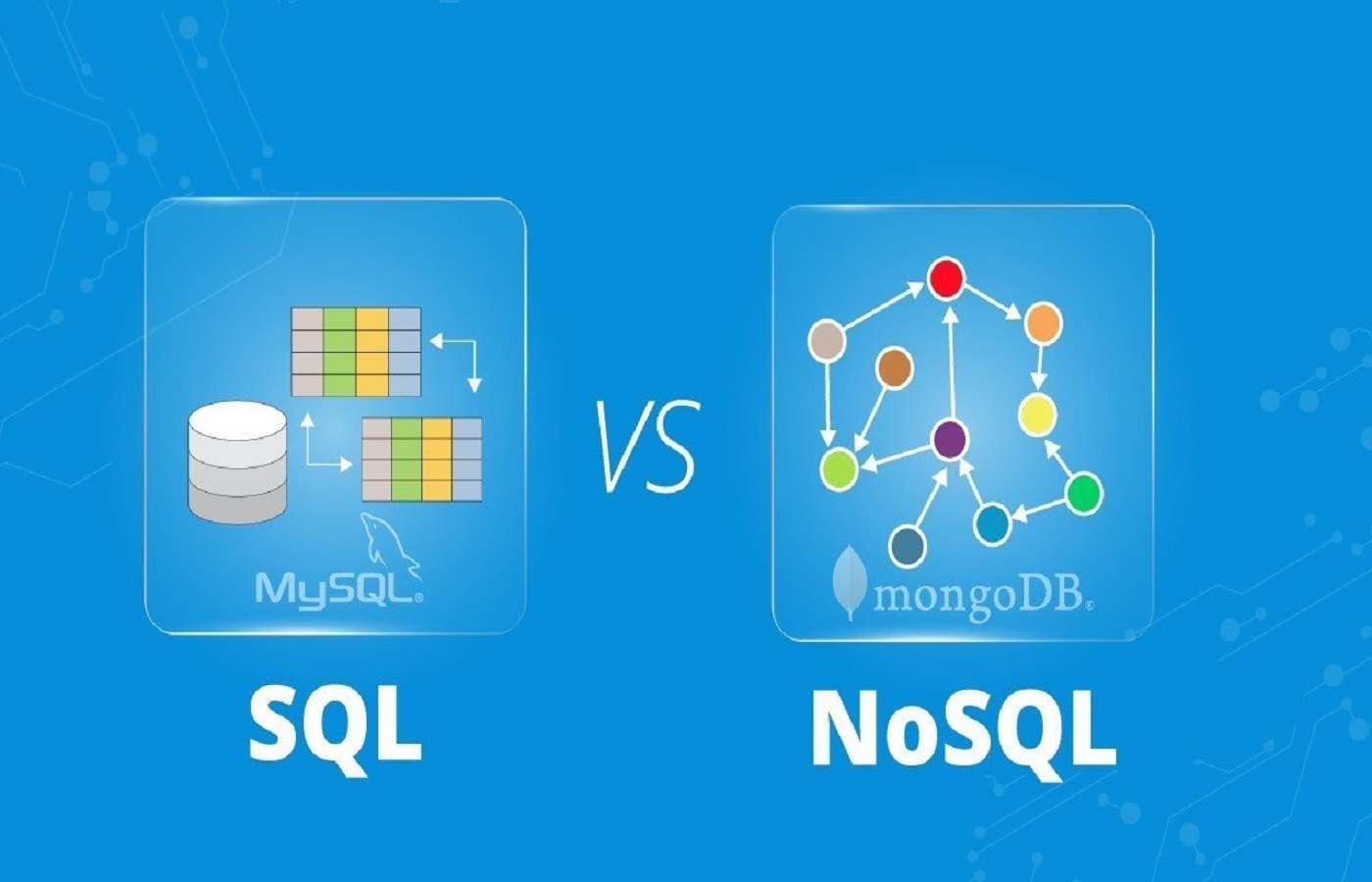
7. Machine Learning
Machine learning isn’t a skill like data cleansing or programming, but it can help you land a data analytics job. AI and predictive analytics are major investment areas, according to Statista. While not all analysts will work on machine learning projects, knowing the tools and ideas may help you land a position.

8. Calculus and Linear Algebra
Data analytics requires high math skills. Some data analysts major in math or statistics as undergraduates to better comprehend the analytical theory. Analytics emphasizes linear algebra and calculus. Linear algebra facilitates a machine’s vector, matrix, tensor operations, and deep learning. Calculus is utilized to develop algorithm objective/cost/loss functions.
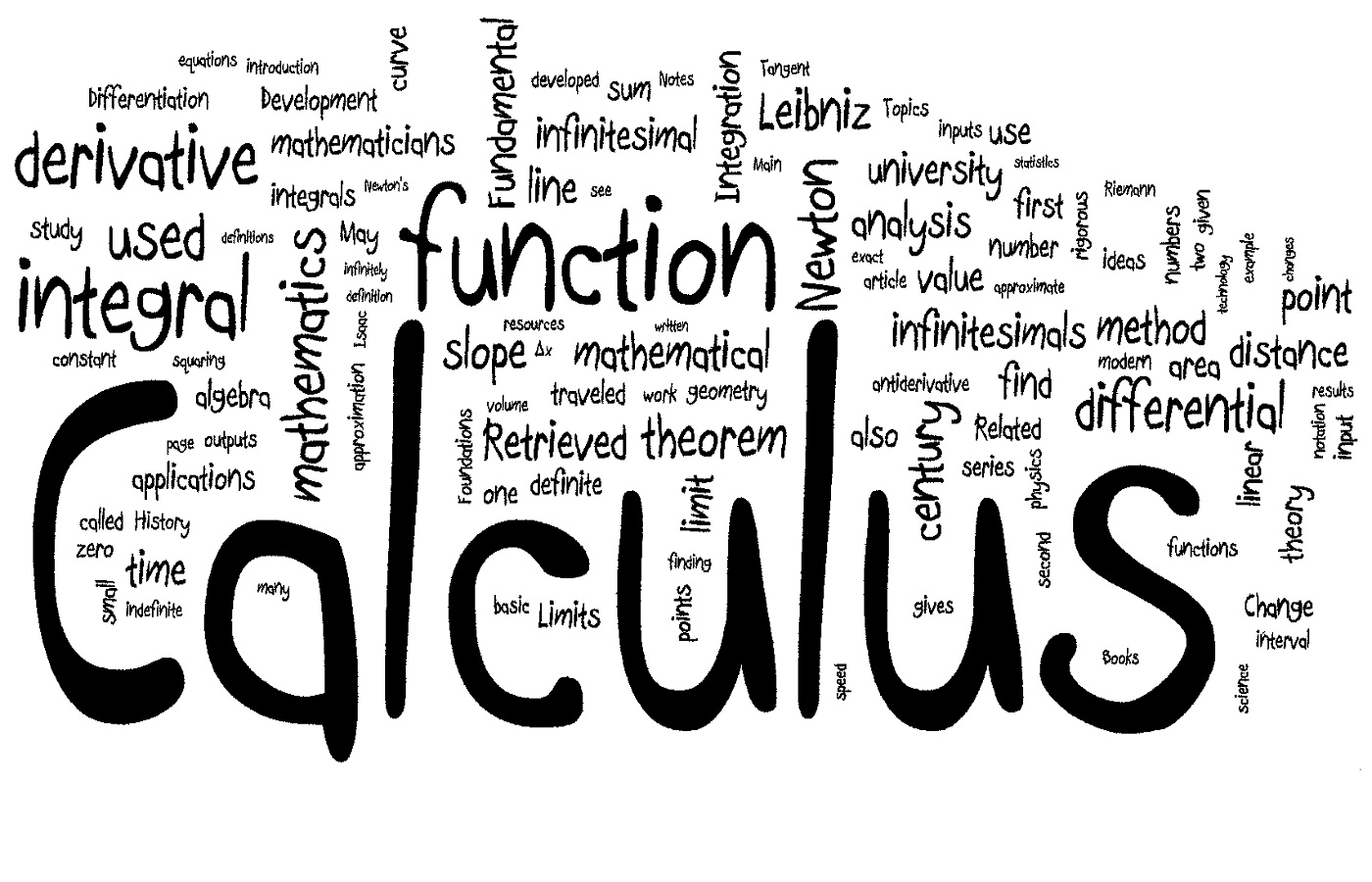
9. Excel
Excel is clunkier than other systems. Seven hundred fifty million individuals utilize Microsoft’s spreadsheet technology. “Excel skills” is a standard qualification on Indeed and Monster. Excel automates features and commands to improve data analysis. Excel uses VBA to build macros or prerecorded commands. VBA can save human analysts time on repetitive tasks like accounting, payroll, or project management. Microsoft’s Analysis ToolPak focuses on statistical modeling and data analysis. You give the data and parameters for each study, and the program calculates and displays the results in an output table. Some tools produce charts and tables.
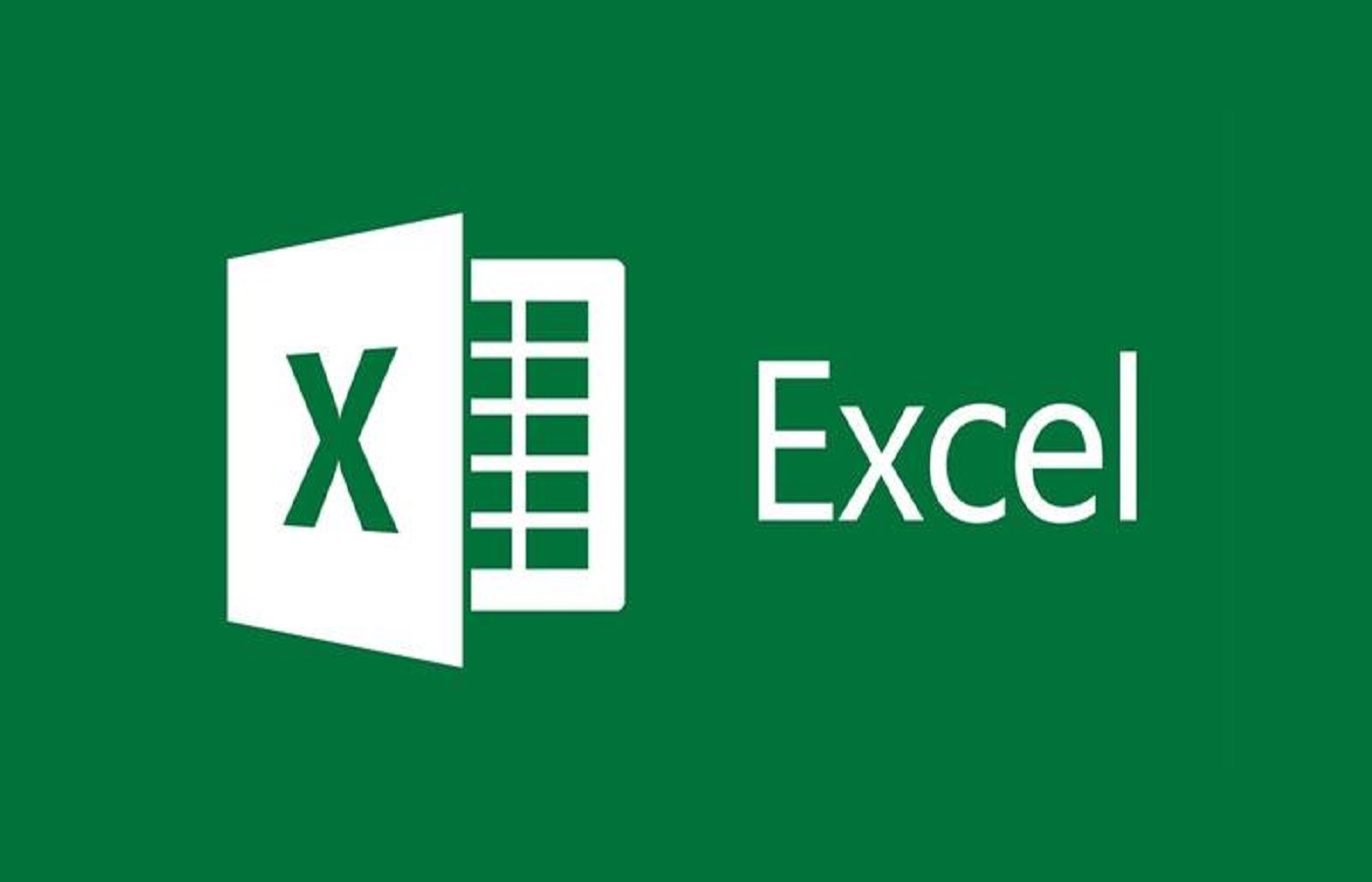
10. Analysis
Data must be understood, and its consequences must be expanded beyond the numbers. Critical thinkers may analyze data, find patterns, and extract actionable insights and information. It takes thinking beyond processing. Challenge yourself to become a critical thinker. When facing an analytical assignment or exercise, inquire what the pattern means. For example, what do the numbers indicate about progress? What’s wrong? When preparing for a data analytics career, don’t overlook critical thinking.




